Model Any Data
Pyramid can access data from many DSML platforms and analytical databases, including Databricks, Azure Synapse, Snowflake, AWS Redshift, Spark, blob storage, data lakes, and more.
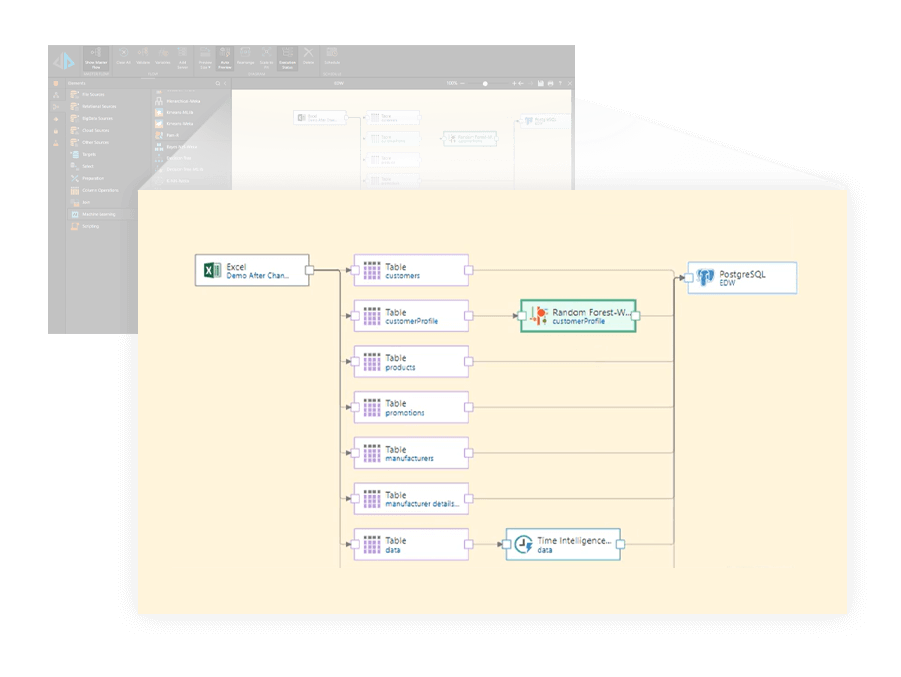
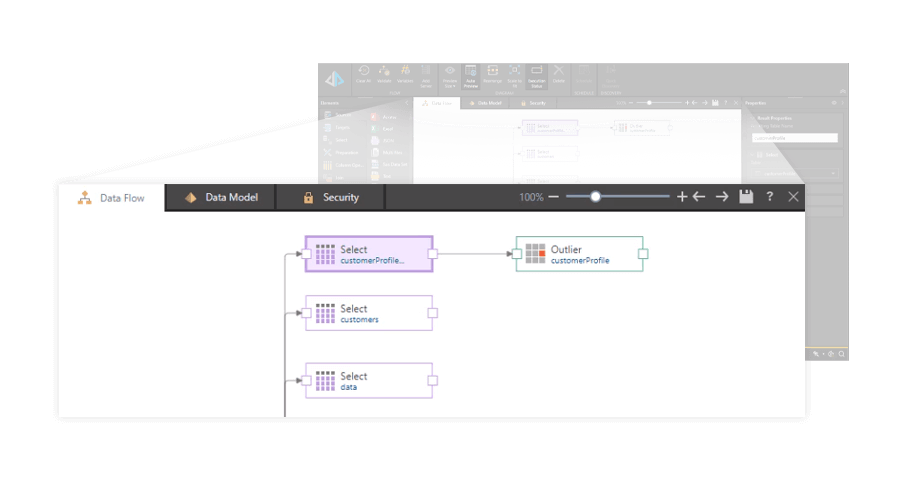
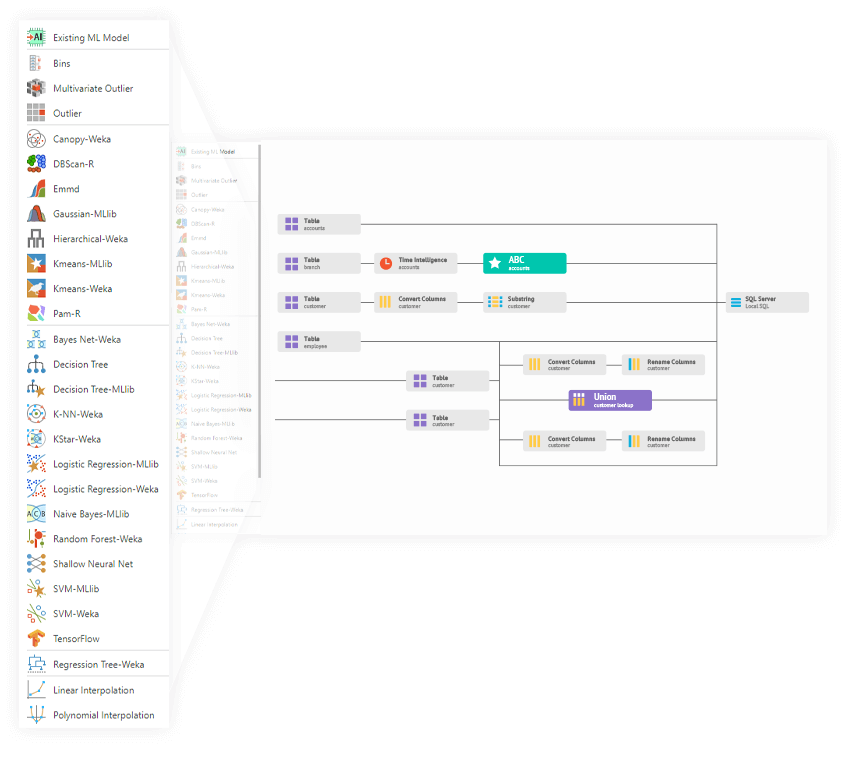
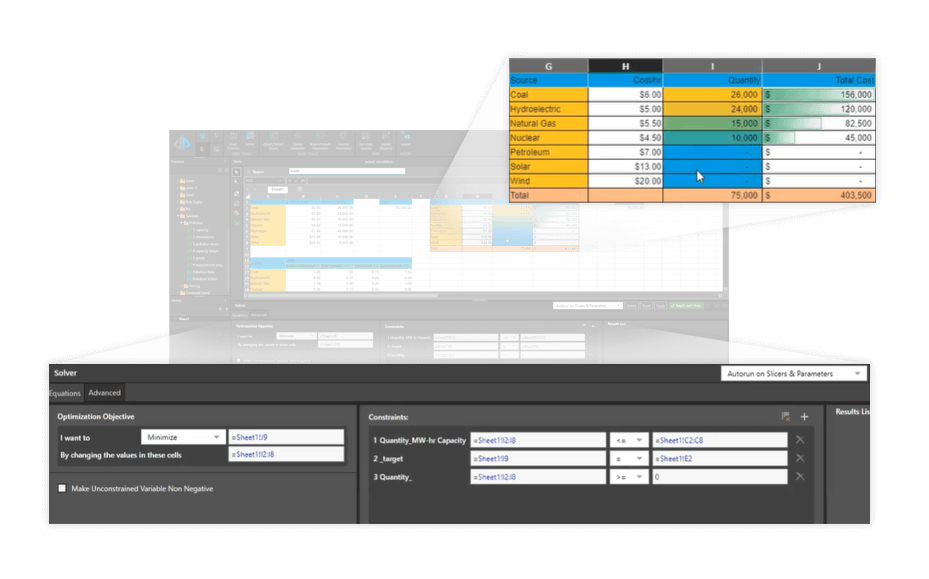
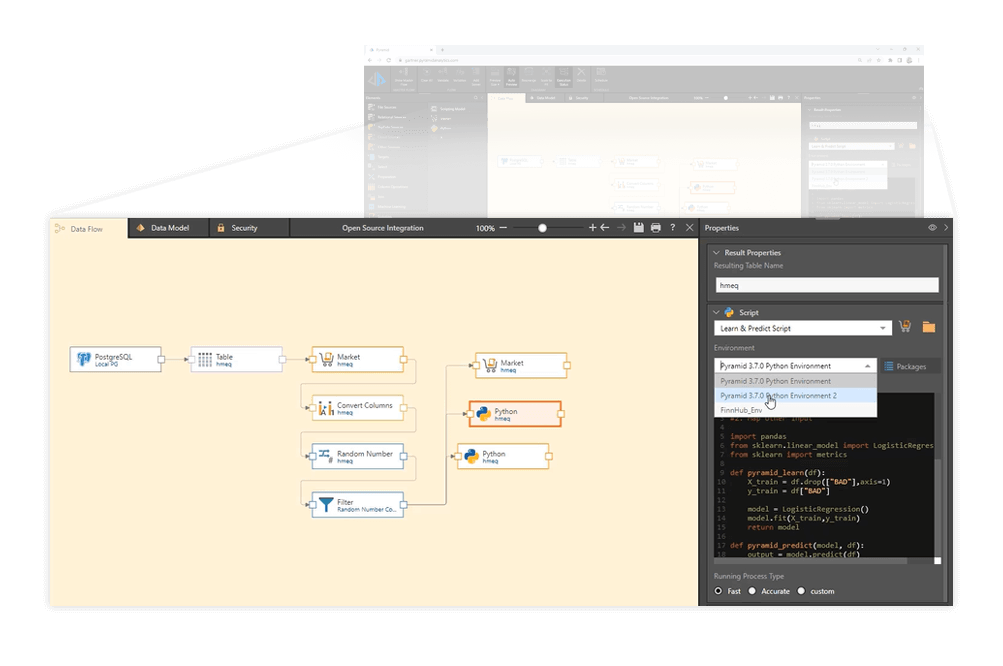
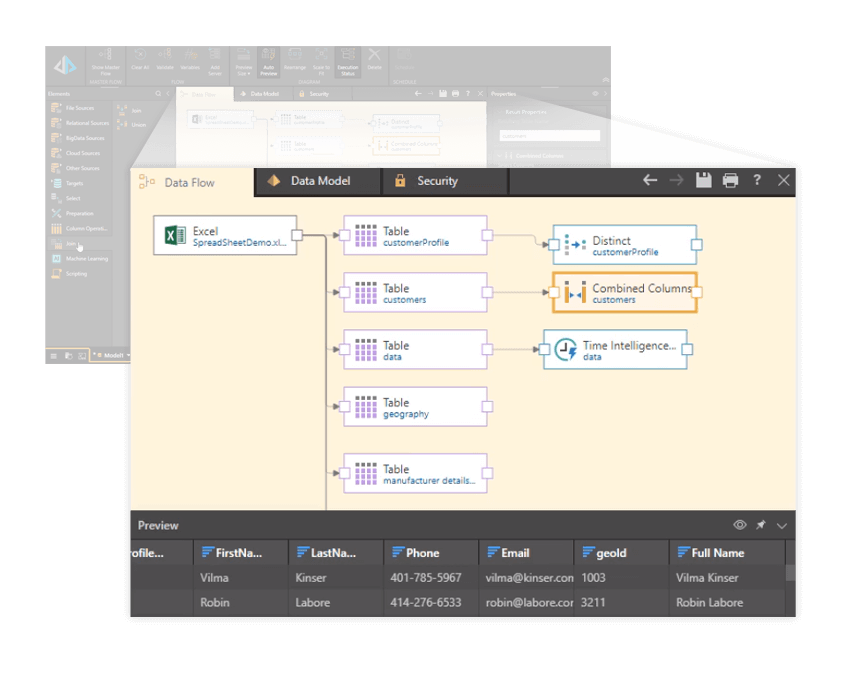
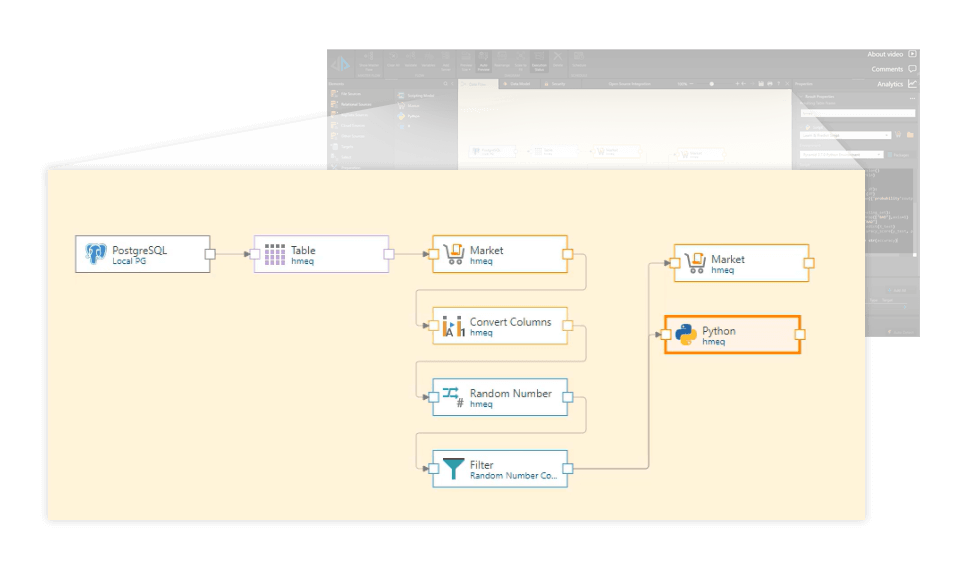
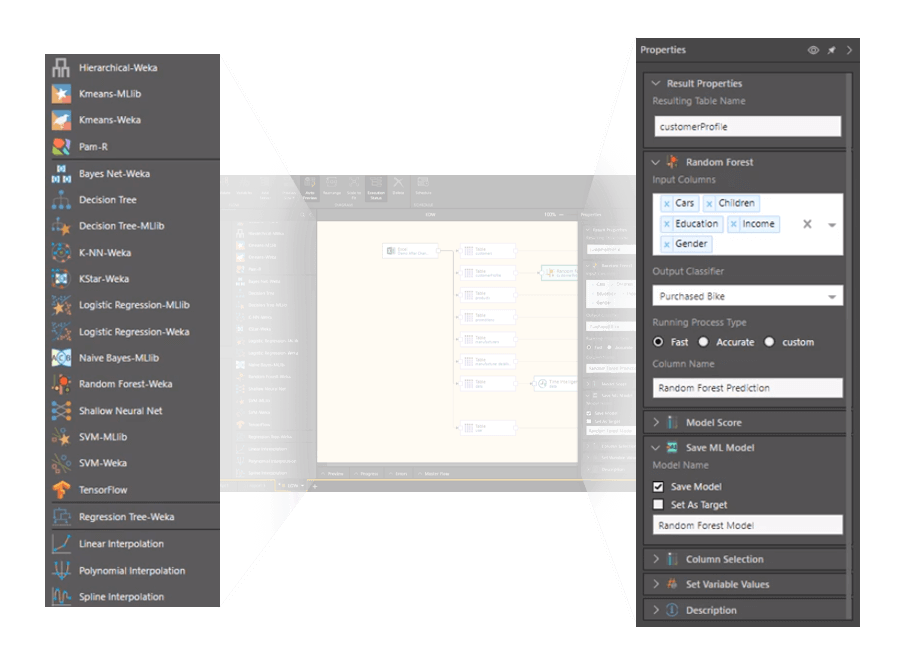
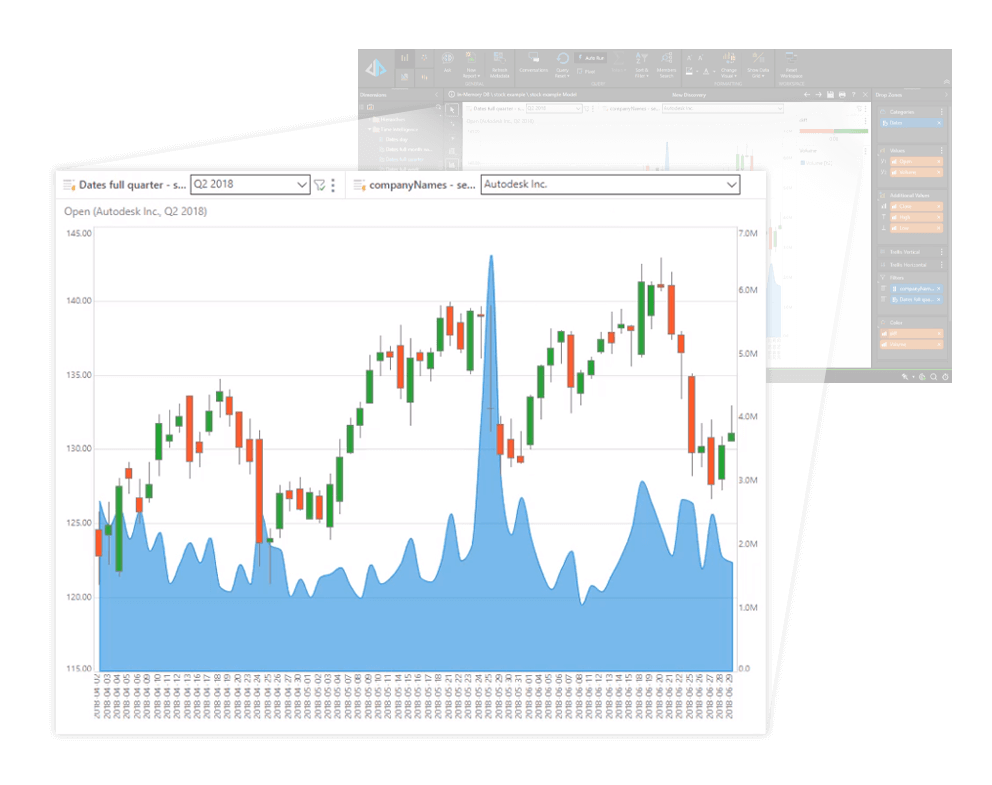

Pyramid can access data from many DSML platforms and analytical databases, including Databricks, Azure Synapse, Snowflake, AWS Redshift, Spark, blob storage, data lakes, and more.

Pyramid is a unified, self-service platform that is deeply collaborative, enabling data engineers, data scientists, and business analysts to collaborate throughout the ML lifecycle.

Users can apply analyses such as variable importance, dependence plots, LIME, SHAP, and other explainability techniques.